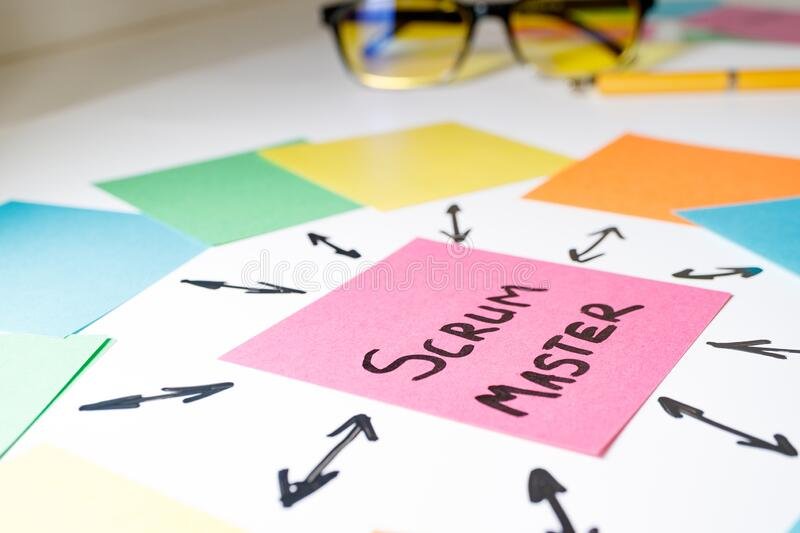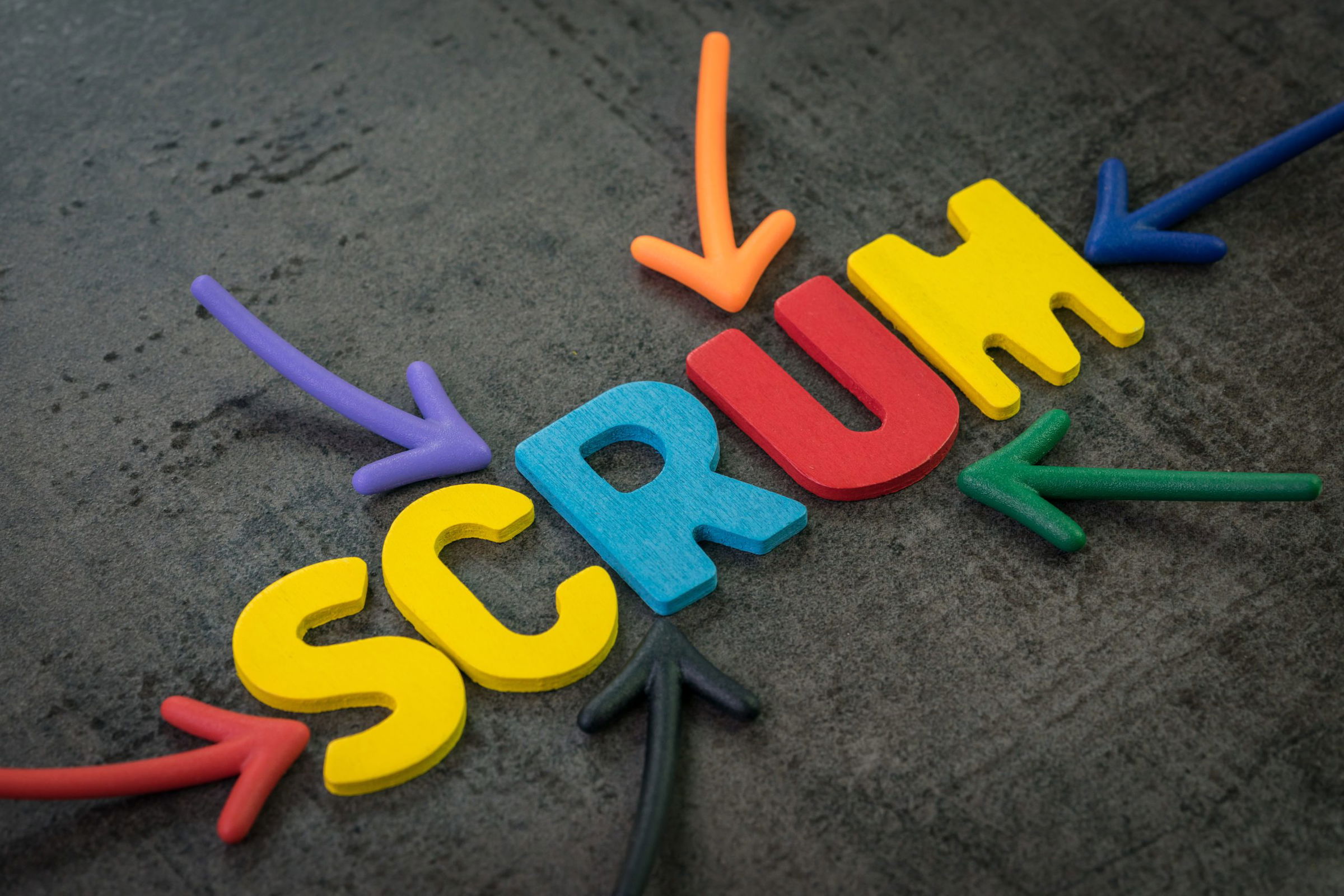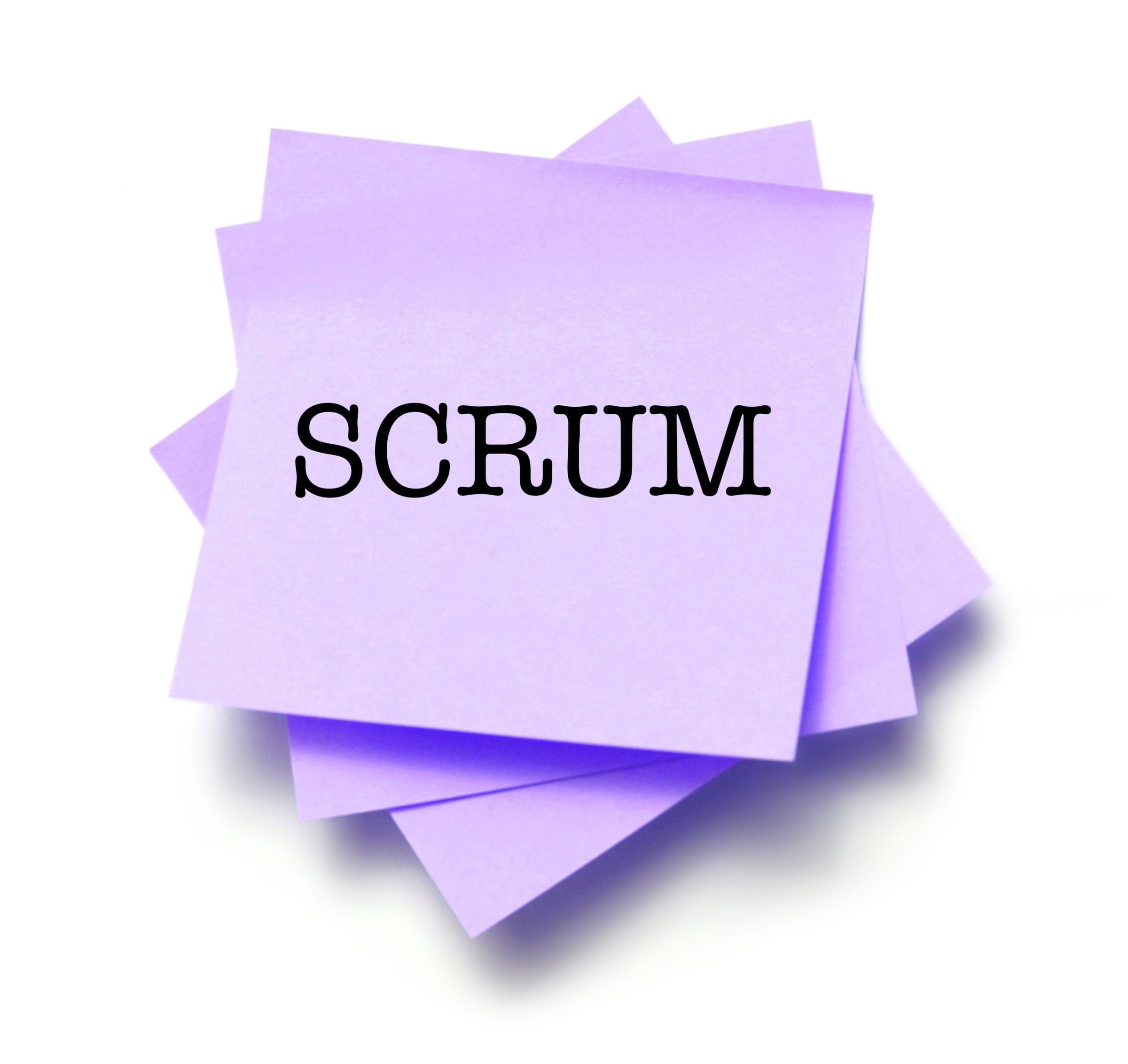Scrum is a framework under the agile methodology that allows quick iterative modulations for a project under agile principles. The Scrum Master has a crucial role to play when it comes to project management. Scrum masters are responsible for overviewing the project development process and managing the scrum team to boost overall productivity. Given the importance of this role, it has become a lucrative career prospect for people in the IT industry. A Scrum certification can help you obtain relevant knowledge regarding the domain.
Important Interview Questions with Answers
Here is a list of top 15 scrum master interview questions with answers to help you prepare for your job interview.
Q. What are some important benefits of performing Scrum?
A. Scrum helps to continuously improve the process by repeatedly looking into the actual performance of the software. It has more transparency and visibility. It also reduces the cost of failure and boosts the ROI for the project.
Q. List the main artifacts of the scrum process.
A. Some of the main artifacts of the Scrum process include product backlog, velocity chart, sprint backlog, burndown chart, and product increment.
Q. Define a Scrum sprint.
A. A Scrum sprint can be understood as a short time-frame during which a scum team completes a work. The work here includes a potentially releasable product increment.
Q. What do you understand by product backlog in Scrum?
A. A Scrum product backlog can be explained as a list or menu that includes all the activities that need to be done in the project. The items on this list can be technical or user-centric.
Q. Explain the role of a Scrum Master in Scrum.
A. The main role of a Scrum master is to overview the project requirements and make sure that the team is meeting the project deadlines. The Scrum Master is also responsible for removing any impediments in the process and ensures that all Scrum practices are followed. They have to boost the overall productivity of the team in the process.
Q. Describe the main elements of the scrum burndown chart.
A. The scrum burndown chart has two axes; the X-axis and the Y-axis. The X-axis depicts the total working days whereas the Y-axis displays the work due in the process. Other elements include the start point, finish points, ahead of schedule, behind schedule, estimated and actual task remaining.
Q. Briefly explain the drawbacks of using scrum.
A. One of the drawbacks of using scrum is that the daily meeting and frequent reviews require substantial resources and continuous changes.
Q. Explain the concept of velocity concerning Scrum.
A. Velocity is simply the total effort a team is capable of in a sprint.
Q. What is the story point in scrum?
A. The story point can be understood as a parameter used in agile project management to assess the difficulty of executing a given user story.
Q. Explain scrum poker.
A. Scrum poker is a method to evaluate the relative size of development goals in the software development process.
Q. How is scrum different from the Iterative model?
A. Scrum is a combination of iterative and incremental model.
Q. Explain the ceremonies performed in Scrum.
A. The three major ceremonies performed in scrum are Planning meeting, review meeting and retrospective meeting.
Q. Mention any two other agile methodologies apart from the Scrum.
A. Two other agile methodologies apart from Scrum are KanBan and Lean.
Q. What should be an ideal time-frame for a sprint?
A. An ideal timeframe for a sprint can be two to four weeks.
Q. How can you track progress in the sprint?
A. Any progress in a sprint can be tracked down by the Burndown chart.








